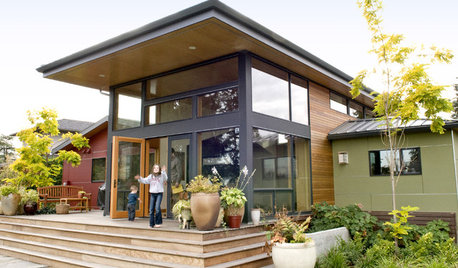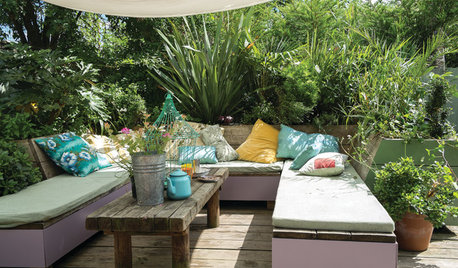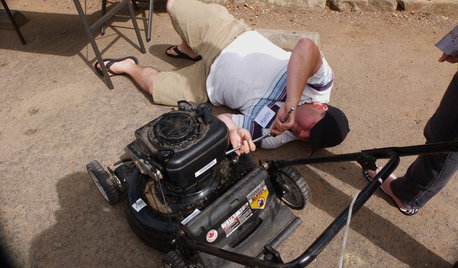Do TDS readings have value?
nemo2009
13 years ago
Related Stories

SELLING YOUR HOUSE10 Ways to Boost Your Home's Resale Value
Figure out which renovations will pay off, and you'll have more money in your pocket when that 'Sold' sign is hung
Full Story
GREEN BUILDINGInsulation Basics: Heat, R-Value and the Building Envelope
Learn how heat moves through a home and the materials that can stop it, to make sure your insulation is as effective as you think
Full Story
MOST POPULAR5 Remodels That Make Good Resale Value Sense — and 5 That Don’t
Find out which projects offer the best return on your investment dollars
Full Story
FEEL-GOOD HOME15 Cozy Book Nooks and What They Want You to Read
Put the beach reads away; these comfy spaces are creating a fall reading list. What books do they suggest to you?
Full Story
LIFEHouzz Call: Where (and What) Are You Reading This Summer?
Whether you favor contemporary, classic or beach reads, do the long and lazy days of summer bring out the lit lover in you?
Full Story
HOMES AROUND THE WORLDWorld of Design: 11 Book Lovers and Where They Like to Read
Bibliophiles across the globe reveal their top books and favorite reading spots, from a 2-story library to an artfully curated book nook
Full Story
EVENTSDon't Throw Away Another Household Item Before Reading This
Repair Cafe events around the world enlist savvy volunteers to fix broken lamps, bicycles, electronics, small appliances, clothing and more
Full Story
HOME INNOVATIONSConsidering Renting to Vacationers? Read This First
More people are redesigning their homes for the short-term-rental boom. Here are 3 examples — and what to consider before joining in
Full Story
CONTEMPORARY HOMESHouzz Tour: Reading Shapes a Seattle Home
Written words drive the design of a house for aging in place, from a plethora of bookshelves to a personal word wall
Full Story
DENS AND LIBRARIES20 Book Lover’s Spaces That Will Make You Want to Read
Borrow these ideas from spaces designed around a love of books
Full StorySponsored
Columbus Area's Luxury Design Build Firm | 17x Best of Houzz Winner!
More Discussions







grizzman
nemo2009Original Author
Related Professionals
Bridgetown Landscape Architects & Landscape Designers · Cottonwood Landscape Architects & Landscape Designers · Prairie Ridge Landscape Architects & Landscape Designers · Brentwood Landscape Contractors · Medford Landscape Contractors · Mooresville Landscape Contractors · Addison Landscape Contractors · Aloha Landscape Contractors · Brockton Landscape Contractors · Caldwell Landscape Contractors · Lake Saint Louis Landscape Contractors · Red Oak Landscape Contractors · Snoqualmie Landscape Contractors · St. Louis Landscape Contractors · Wentzville Landscape Contractorsdanielfp
lucas_formulas
lucas_formulas
nemo2009Original Author
lucas_formulas
nemo2009Original Author
lucas_formulas
nemo2009Original Author
lucas_formulas
nemo2009Original Author